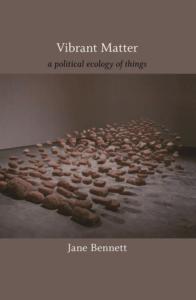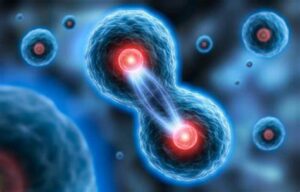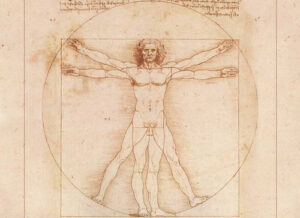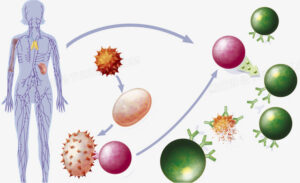Vitalist Materialism is a radical form of environmentalism. The author holds that matter has vitality, and man is also a vital substance. Therefore, people are also part of the material world. This theory downplays the boundaries between man and the environment, thereby driving the development of environmental design.



The vitality of matter refers to the ability of objects to have an effect. The vitality of matter is usually expressed in the function and ability of objects. For example, a stone can be just a stone, but at the same time it can be a tool for digging holes. Even if we don’t move it, over a long period of time, the dust held back by this stone will create a small mound.



In this theory, assemblage is very important for understanding non-identity. Non-identity refers to those who are not governed by knowledge and are “different” from the concept. A assemblage can be understood as an existence that acts on us. We as epistemologists are plagued by a disturbing feeling. No matter how accurate our analysis, there are still uncontrollable factors in nature.



Objects do not leave no room in the concept. So life will always be beyond our knowledge and control. We need to accept it. Only then can we stop being angry at a world that refuses to give us “reconciliation.” By understanding the assemblage, we can better understand the non-identity of the way to exist, so as to feel the vitality of matter.
As human beings are part of the vital matter, our power is also a material power. This means that human actions and abilities are also manifestations of matter, and not merely the function of the mind or soul. Therefore, the vitality of matter exists not only in non-living objects, but also in human beings.
Through this understanding, we can better realize the importance and influence of matter. At the same time, promote the interrelationship between human beings and the environment.



This doctrine is radical because it challenges the traditional boundaries between subject and object, and between human and non-human. It presents a new view that matter has its own power and agency, and is not merely passively utilized by human subjects. This view breaks with traditional anthropocentrism, which holds that all things have their own value and rights. Following this hypothesis, human beings may be dominated by matter. Humans will exploit and oppress non-humans. It challenges traditional notions of ethics and morality.



We can also see many examples of the vitality of matter in our daily life. For example, the human immune system relies on the bacterial community in the body to function properly. The activities of the human body are not only controlled by humans themselves, but are composed of other organisms and substances that interact with humans.
reference:
1.Vibrant Matter ;Simms and Potts
* All images are from search engines



